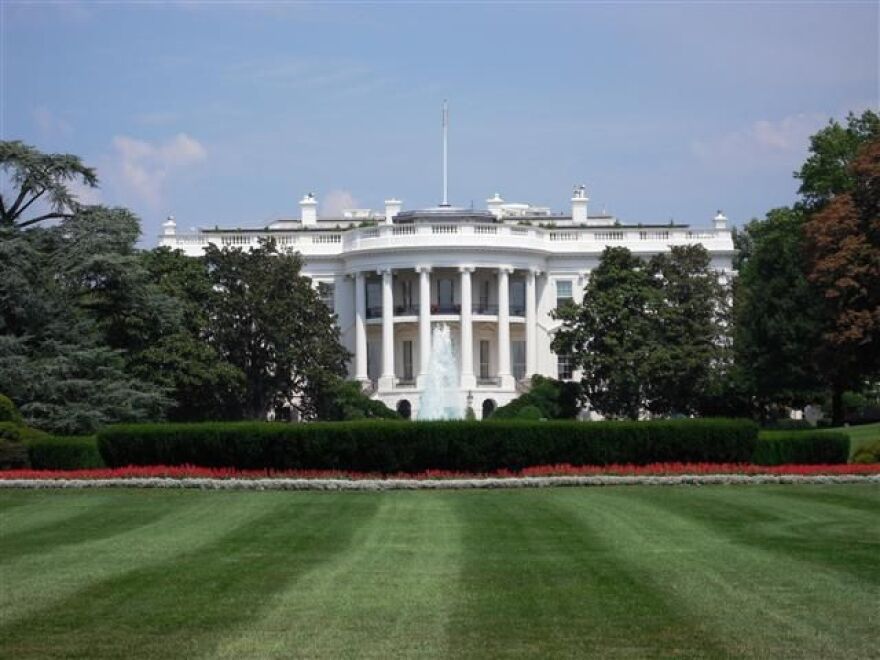White House officials have provided more insight into the president’s plan to fight heroin and opioid addiction in his annual budget proposal. As WAMC’s Lucas Willard reports, officials in the Northeast have already declared it a crisis.
On a conference call with White House and other federal officials, more details were provided on the president’s proposals to fight drug addiction within his 2016 budget.
Office of National Drug Control Policy Acting Director Michael Botticelli said the country is having trouble quantifying the epidemic of heroin and opioid addiction.
“We know the opioid epidemic is not limited by demographics or geography. It is a national problem. The Obama Administration is committed to tackling this important issue, which is why in the president’s fiscal year 2016, he includes $133 million in funding in key agencies and departments to treat opioid disorders and prevent overdose deaths.”
Botticelli said that in 2013 an average of more than 63 people a day died as a result of a heroin or opioid overdose, more than in automobile accidents or gunshot wounds.
Building on 2011’s Prescription Drug Abuse Prevention Plan, the administration is making investments that will strengthen and monitor state as well as national programs.
Centers for Disease Control and Prevention Principal Deputy Director Ileana Arias said of the funding, $48 million would go to the CDC to take a closer look at how states are combating prescription drug abuse, and will expand the Prescription Drug Overdose Prevention for States program.
“The funds would support to grants to all 50 states and Washington, D.C. for improvements to prescription drug monitoring programs in order to increase interstate operability, real-time reporting, and importantly, universal reporting for all controlled substances.”
$5.6 million would help the CDC collect real-time emergency department data and higher-quality mortality data in heroin-related deaths. $5 million would support electronic death reporting.
Funding to the Department of Health and Human Services Substance Abuse and Mental Health Services Administration would provide grants to up to 10 states to purchase and train staff to use naloxone, a drug that can counteract the effects of an overdose.
This week, New York Attorney General Eric Schneiderman announced an agreement with company Amphastar Pharmaceuticals to cut and cap the price of naloxone for all agencies in New York by about 20 percent.
Also this week, New York State Senate Majority Leader Dean Skelos announced the appointment of three new Co-Chairs to lead the Senate’s Joint Task Force on Heroin and Opioid Addiction that was created in 2014, including Senators Terrence Murphy or Yorktown, George Amedore of Rotterdam, and Robert Ortt of North Tonawanda.
In a statement, Senator Murphy said he wants the task force to introduce legislation to ensure “adequate access to Narcan”, the brand-name naloxone drug.
Funding in the budget plan would also support local law enforcement’s effort to combat drug trafficking.
U.S. Attorney for the Western District of Pennsylvania David Hickton praised the plan’s inclusion of funding for prevention and re-entry programs.
“We need to implement smart and creative prevention and re-entry initiatives with the same diligence that we do our strong work to pursue illegal drug organizations and drug traffickers who prey upon our communities,” said Hickton.
Meanwhile community groups locally and nationally are doing their part, including a group in Warren and Washington Counties working to establish a center for those in long-term recovery in the largely rural area, which would feature job training, support programs, and activities for recovered addicts and their families.





